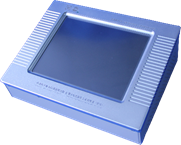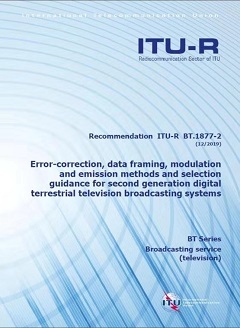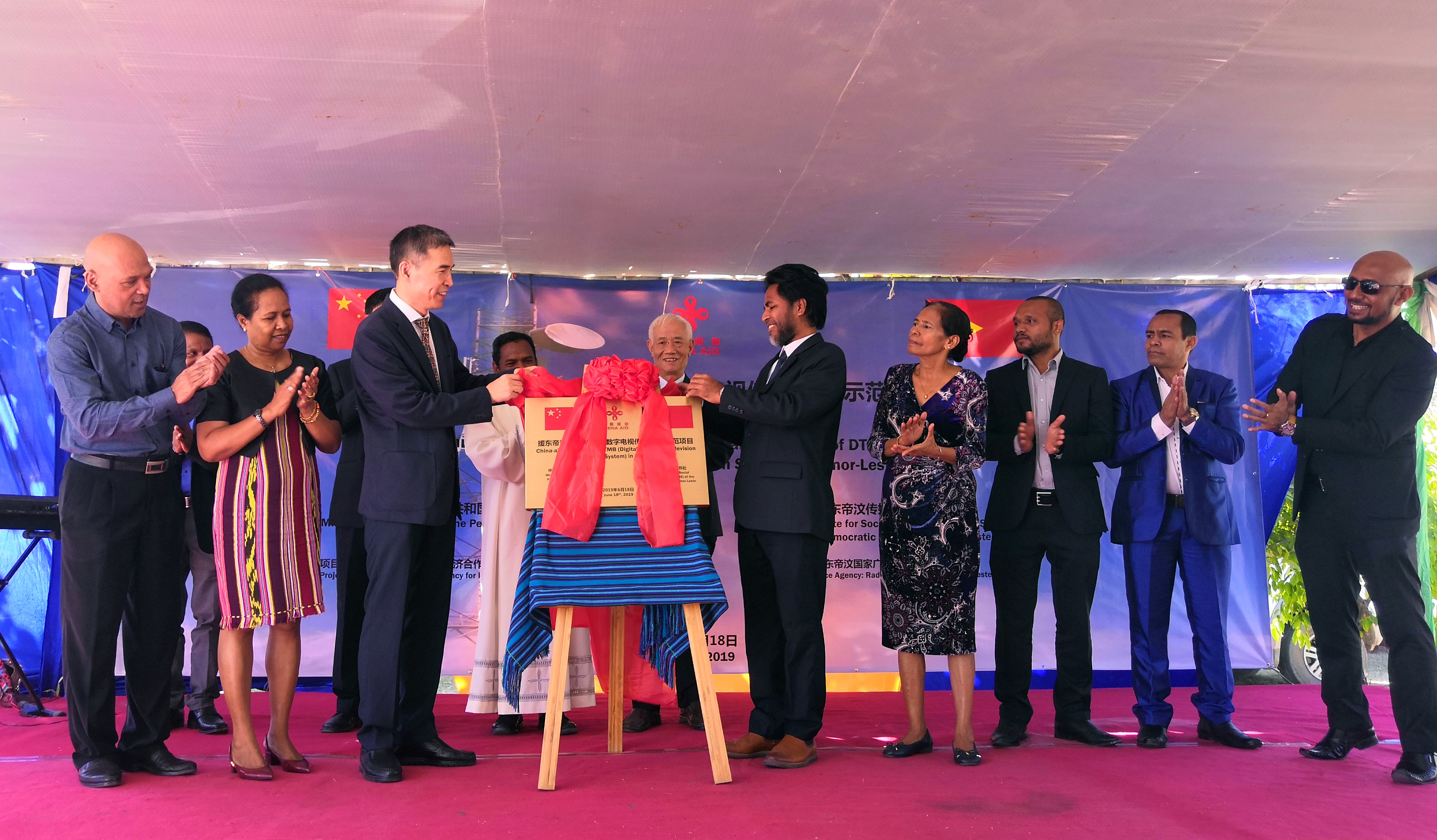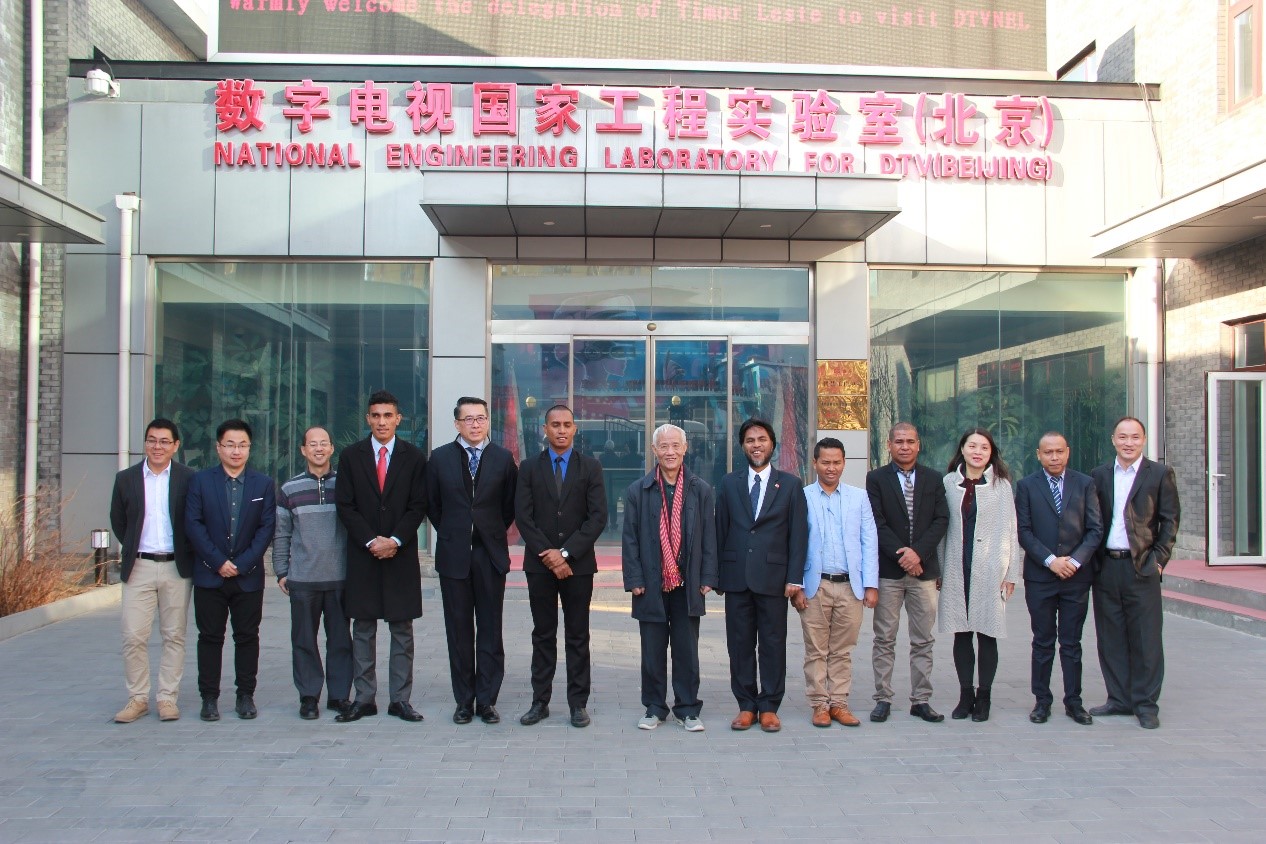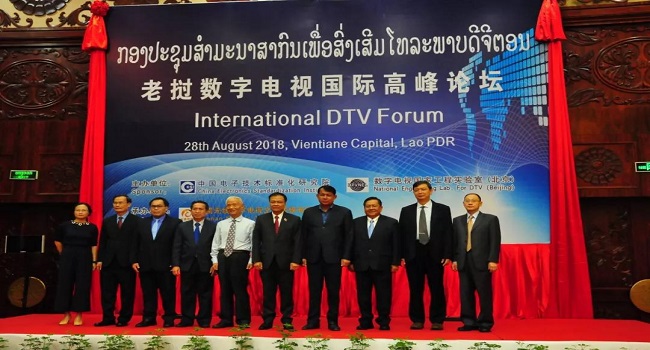DTMB Standard
China's DTMB TV standard has obvious late-development advantages, especially has a complete intellectual property for the state. In addition, first generation DTMB standard has already superior performances on higher efficiency spectrum carrying, larger coverage area, stronger reception sensitivity.
DTMB standard uses advanced modulation technology “Time domain synchronous orthogonal frequency division multiplexing” (TDS-OFDM), which is totally different with “C-OFDM” technology of DVB-T or ISDB-T standard. Meanwhile, DTMB standard uses an innovative technology for signal’s frame structure and pre-correction processing so that the performance of Chinese DTMB standard has exceeding other international TV standards.
Major advantages of DTMB standard in the following:
1)TDS-OFDM technology
In OFDM system, synchronization processing is the most important part, which is the highlight in DTMB system. TDS-OFDM uses PN sequence as the header of frame to fill guard interval. Since the content of the frame header is known and can be removed from signal reception end, thus from the angle of anti “inter-symbol interference” (ISI), It is equivalent to zero-filled for guard interval. In addition, PN sequence is also used for synchronization and a channel estimation of impulse response for OFDM system transmission.
2)New definition of guard interval
Guard interval is used for anti multipath interference, its length is usually longer than the delay of multipath transmission. C-OFDM uses cyclic prefix to fill guard interval; however, DTMB technology innovatively defines a new OFDM symbol for guard interval filling with PN sequence. This feature is mainly reflected in three aspects:
(1) PN sequence is known and can be removed from signal reception end, it’s equivalent to zero-filled for OFDM guard interval.
(2) PN sequence is used to synchronize frame, frequency and clock in OFDM system.
(3) PN sequence can be used for channel estimation of impulse response in order to restrain the phase noise for signal reception.
3)Synchronization with absolute time by a hierarchical frame structure
DTMB standard uses a special hierarchical frame structure to synchronize with absolute time, it may provide a second-synchronized clock corresponding to TS stream in single frequency network, then it is very easy to set up single frequency networking. This feature also helps saving power to portable TV receivers.
4)High efficiency on spectrum and channels carring.
TDS-OFDM technology uses PN sequence both for guard interval and channel estimation, so spectrum efficiency of DTMB system is approximately 10% higher than DVB-T system.
5)Stronger resistance to multipath interference
DTMB system has ability to resist multi-path interference, the capacity of anti-multipath depends on the length of its guard interval. DTMB system is able to work when multipath delay has exceeded its protection interval. Because of TDS-OFDM can process many PN sequences of OFDM frames at same time, so the delay of anti-multipath interference is not limited by guard interval length. However, in a traditional OFDM system, length of guard interval is requested higher than the delay of multipath interference.
6)Good performance on channels estimation
Under AWGN channels (additive white gaussian noise),PN sequence has 20 dB gain for channels estimation, and it has no Interpolation error what peculiarly generated in C-OFDM system, this is why the performance of channels estimation in TDS-OFDM system is much better than that in C-OFDM system.
7)Good performance for mobile TV reception
Doppler effect and cover interference are usually happened in an environment of mobile TV reception, some characters of channels transmission have to change according to time shifting. Channel estimation technology of TDS-OFDM system is allowed to process one channel variation depends on one existing OFDM symbol during mobile TV reception. However, C-OFDM system needs to process 4 channels variation depends on 4 OFDM symbols during mobile TV reception. Therefore, DTMB standard is more suitable for mobile TV reception than European DVB-T standard, even for high-definition TV reception under the movement condition.
8)Faster synchronization technology
TDS-OFDM uses PN sequence for the synchronization of time domain, the minimum of synchronized time is approximately 1 millisecond, it is equivalent to the adjacent PN sequences. This advantage has been verified by several practices and tests. The minimum of synchronized time for traditional C-OFDM system is tens of milliseconds.
9)Easy to set up single frequency network
DVB-T standard requests a synchronization between MPEG streams and time frequency under single frequency network, this is more complicated for system implement. The frame structure of DTMB standard is using “one second” as a unit, it is able to synchronize the time frequency from physical layer, therefore, it is possible to set up easily single frequency network with lower cost equipment.
